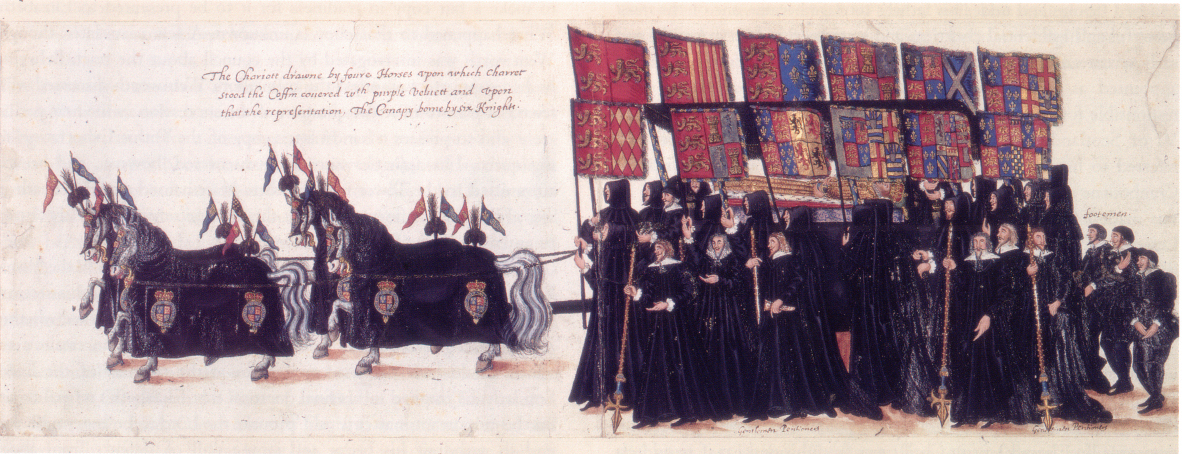The alarm is going again -
It has been 15 years 8 years 2 years 1 month -
it was yesterday -
I stood in front of the Madonna - the one from 1290
Duccio
- the painting is on peeling wood
Around her head the gold is sculpture - it is an object grown - the tree gave birth to this fully framed woman
The child reaches for her veil -
not yet - not yet -
A etches across the surface - it highlights her sadness - is a weight on her
like the oddly proportioned child -
too small - too adult looking - a doll really
He reaches for her veil -
continues to reach -
You died on this day - or that day -
the alarm is going again - I am not sleeping -
I blame the moon for this - it gets fucked by us too often - blamed for all atrocities - I blame it and the light it steals - the fucking rabbit that lives upon its face -
The rabbit hitched a ride on the back of the heron
its small white paws going raw from the gravity of what they were doing
they landed and the rabbit reached one bloody hand towards the heron's face
and marked it forever -
The alarm has been going for hours -
and I feel like I should have burned up by now
Death isn't fear -
at least not on the surface - I like to think that I understand this but -
The child reaches for the mother's veil -
His hand touches the edge of the loose fabric - blue and shimmering -
his oddly small fingers pull at the edge - her eyes reveal themselves -
The leaves of gold peel steadily -
 |
| Madonna & Child (1290-1300) Duccio |






























